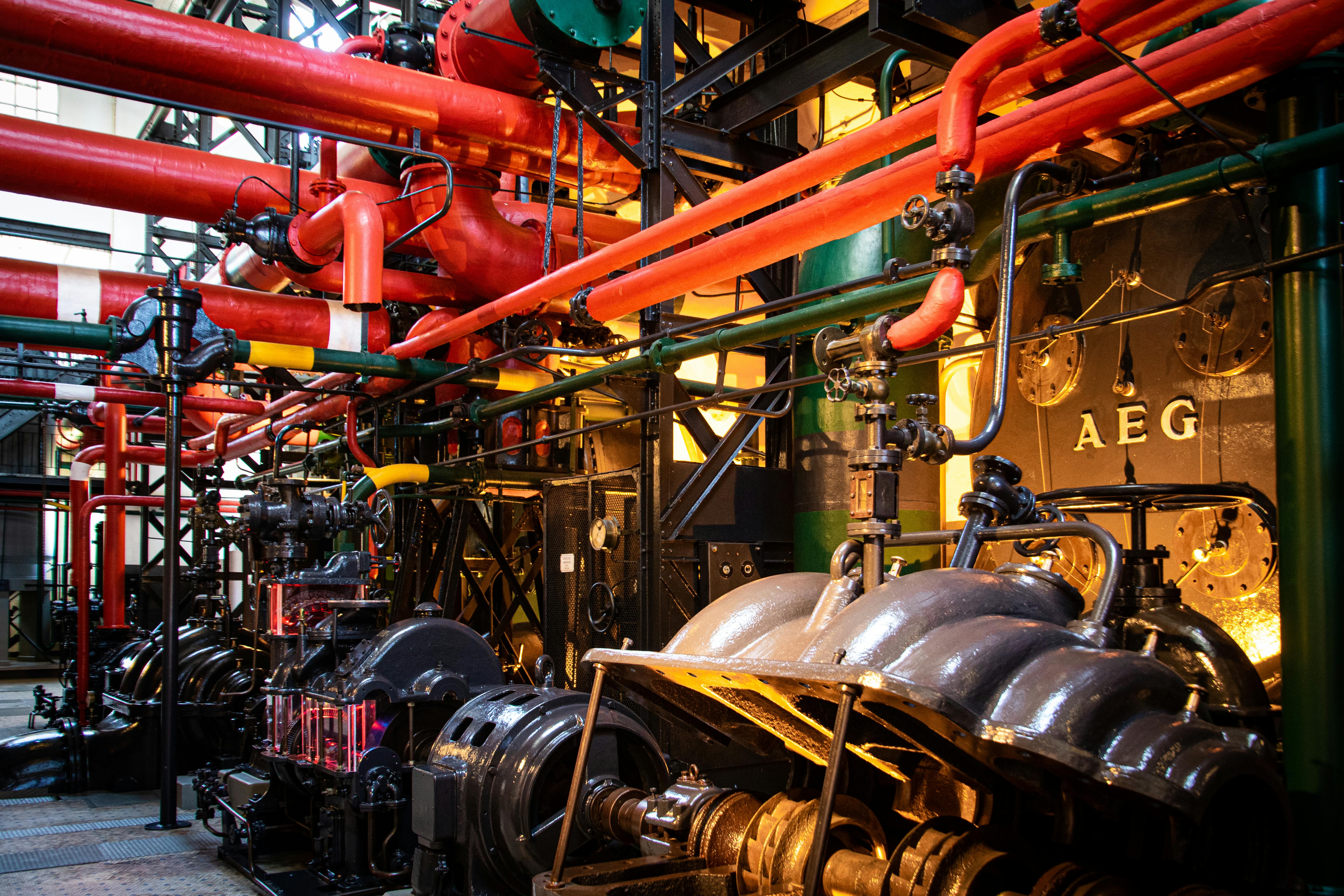The next time you plan to do a weld spot, take a little time to consider the history and where it all began. To get an idea of where it all began, allow your mind to take you back in time to the Iron Age when people discovered how to extract metal from rock. If you look at the artifacts found in Egypt and the regions around the Middle East from that time, you will see that the metalwork is very decorative and intricate. They created metal boxes that they decorated with other metal pieces and all before acetylene was discovered.
During the 19th century, Edmund Davy discovered acetylene and how to use it to weld metal. The discovery of arc lighting made the welding process easier than ever. This made it easier to use solder to join pieces of metal. Carbon welding was the next innovation and was invented by the Frenchman Auguste De Meritens. Welding became more popular in the early 20th century and further improvements in arc precision were perfected during this time. In 1914 the first coated electrode was used and this allowed the welding process to be more precise and finer work to be done. The coated electrode also allowed projection and seam welding, which was a breakthrough. Further advances were made, and as the quality of the gas improved, so did the quality of the weld.
Welding businesses expanded and became more prevalent around the time of World War I. As a result, countries began to compete with each other in all kinds of technology to try to get the edge over everyone else and welding was one such technology. All the countries that were at war were trying to produce more powerful ships through the use of welding and other metallurgical technologies because the country that ruled the oceans could control the supply routes. There was a small revolution in welding around this time and Europeans used arc welding in ship building while in the United States of America, arc welding was used to repair ships. The 2 different uses have allowed soldering to be successfully developed for many different purposes. Not only shipping has benefited from welding, aircraft have also seen the use of welding technology. Early airplanes had many of their metal components assembled by welding.
There have been more innovations in welding over the last 50 years and with the invention of the laser, the use of a laser beam for welding has become popular in automated plants. There have also been many safety improvements and tools, equipment and protective clothing now make welding a very safe activity.



